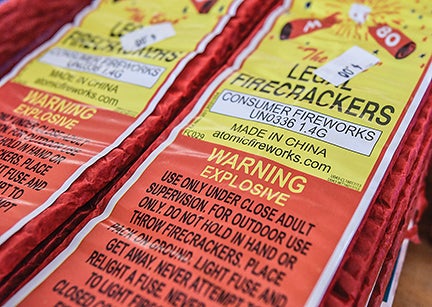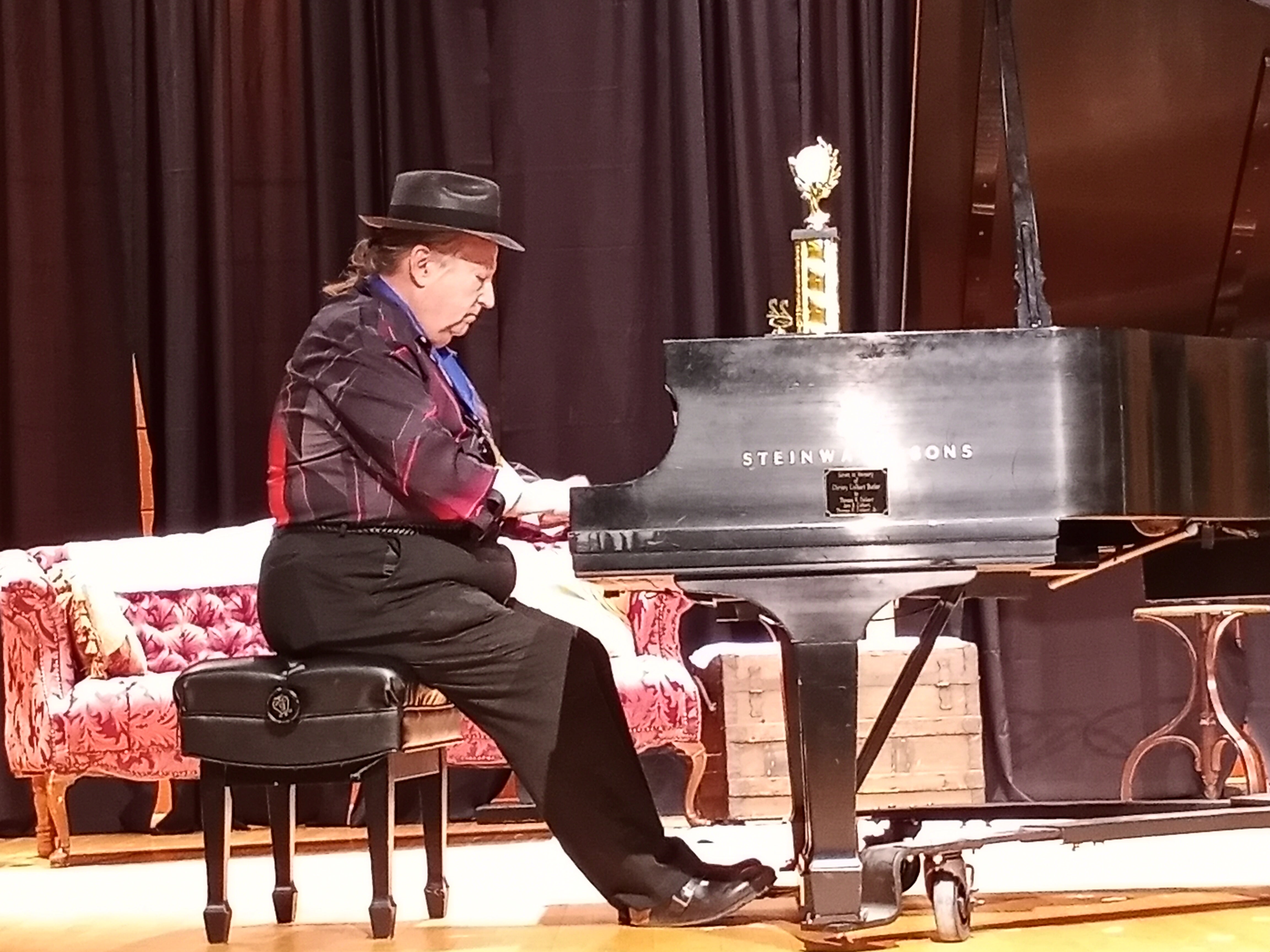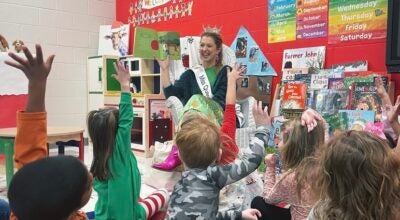Fire officials give tips on how to spark off the new year safely
Published 2:30 pm Tuesday, December 28, 2021

- Bruce Newman Fireworks should be used with extreme caution and warning labels should be followed.
With 2022 a few, short days away, many are ready to celebrate the end of a year that was not easy for many. Whether the year dragged or sped past faster than you could blink, most are more than ready to see 2021 behind them.
But before you begin to light up your first sparkler or firecracker, the Lafayette County Fire Department has some advice on how to enjoy your New Year’s celebration responsibly.
“Always keep in mind your surroundings,” said Deputy Fire Chief Justin Sneed. “Never point fireworks at another person, house, vehicle or any brush or tree line because that can catch on fire — especially in the winter when everything is dry.”
The most common fires the LCFD faces are grass fires which spread quickly and spread to neighboring properties.
Sneed advises anyone lighting fireworks to take note of weather conditions, because those could have a huge impact on safety conditions.
“If it’s high wind, of course you don’t want to shoot fireworks because it can carry embers or ashes and start little spot fires that you may not notice for a couple hours and may catch in the middle of the night,” he said.
If weather conditions are bad, Sneed said changing locations can cut down on the possibility of something going wrong.
“You have to pick your location to shoot well,” said Sneed. “If they have access to an open street or parking area instead of in grass or in a field, that would be better.”
In case of emergencies, the LCFD said it is best to have a water bucket or garden hose nearby in case of any spot fires.
According to the U.S. Consumer Product Safety Commission’s 2020 Firework Annual Report, fireworks were involved with an estimated 15,600 injuries treated in U.S. hospital emergency departments during 2020 and 10,300 firework-related injuries were treated in emergency rooms. More than half of those injuries incurred during that period are burns, which are commonly found on fingers, hands, arms and legs.
Sneed said to cut down on injuries to your limbs, never light fireworks in your hands and use a wick and shoot one at a time.
The CPSC states that sparklers account for roughly one-quarter of emergency room firework injuries. People underestimate the danger of sparklers and treat them as toys for children, but the pyrotechnics can reach up to 1,200-2,000°F, which is hotter than the melting point for glass.
“We want to advise not to let children handle fireworks at all, but they should absolutely never do it without adult supervision,” said Sneed.
The LCFD urge victims to seek professional medical assistance if burned or injured, but minor burns can be immediately treated by running them under cool water, administering antibiotic ointment and wrapping in clean bandages to stave off infection.
After the celebrations are over, discard your fireworks and other tools safely. Sneed said the LCFD encountered a car fire after the owner left discarded firework material in a garbage can in their garage. It is safer to place discarded firework materials outside the home to prevent a possible structure fire or injuries.
“Have a bucket of water and when you’re done shooting, have an adult collect all the material and soak it in water,” he said. “Let it sit overnight and you can dispose of it the next day.”





